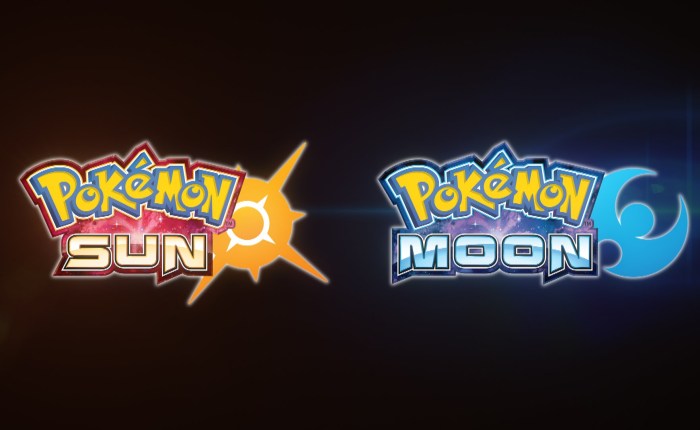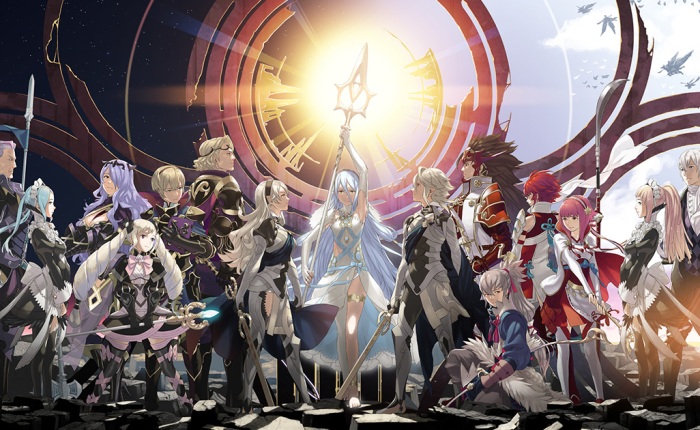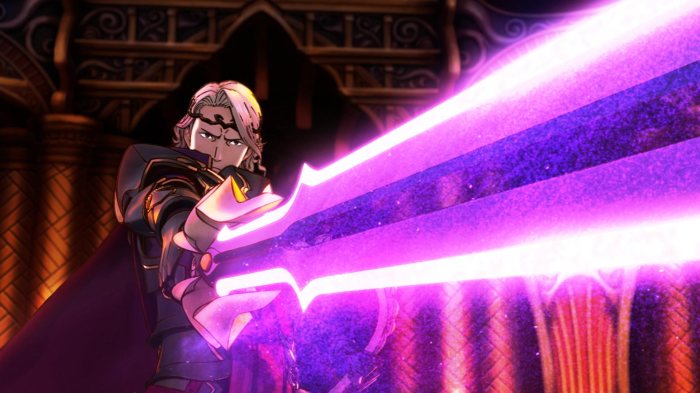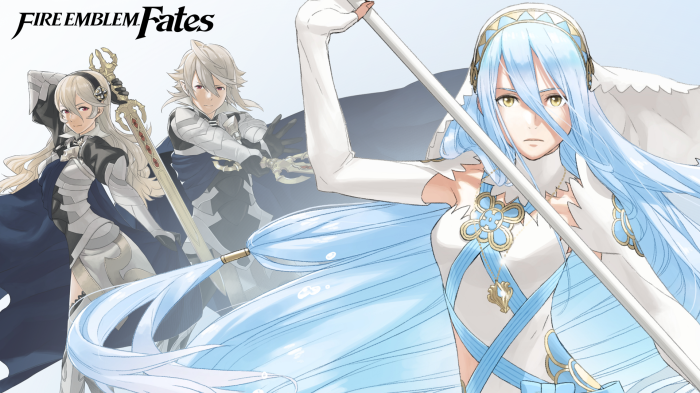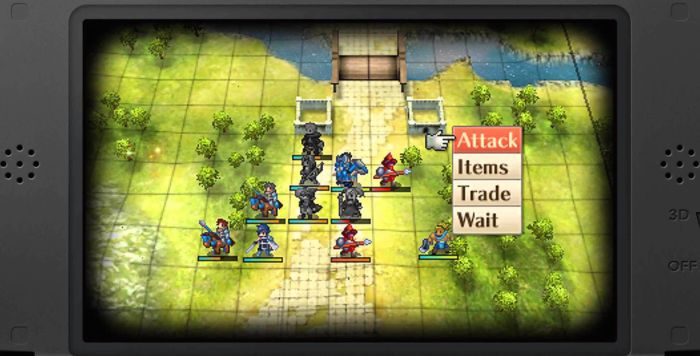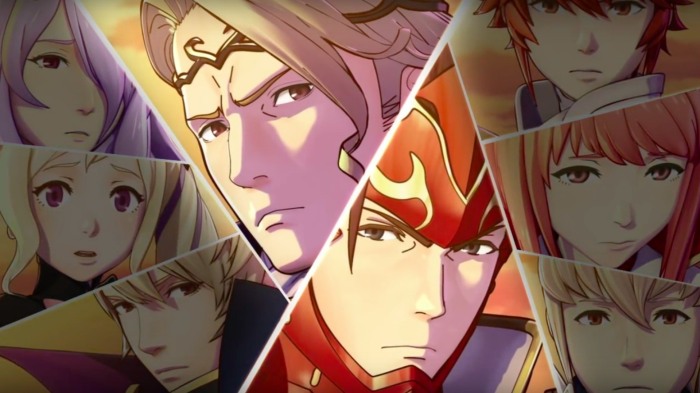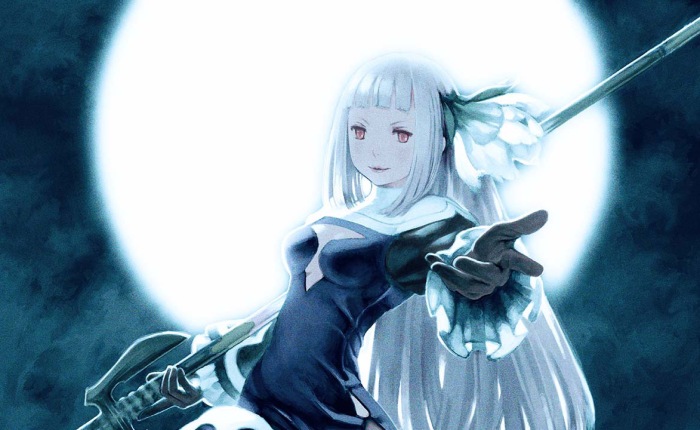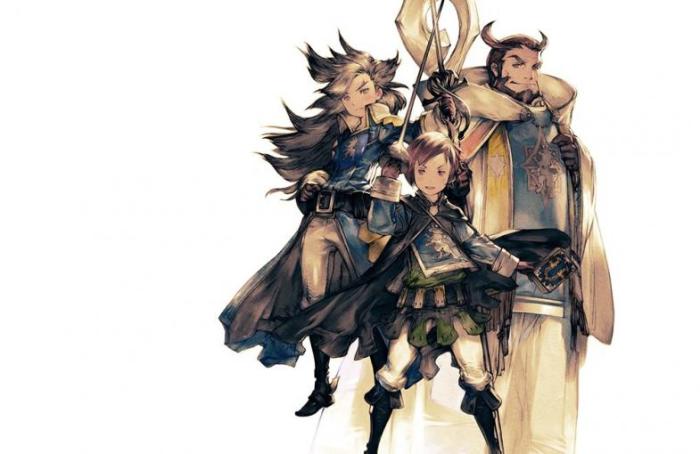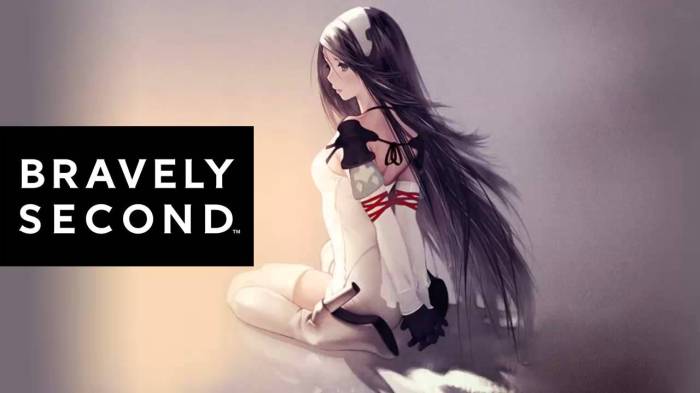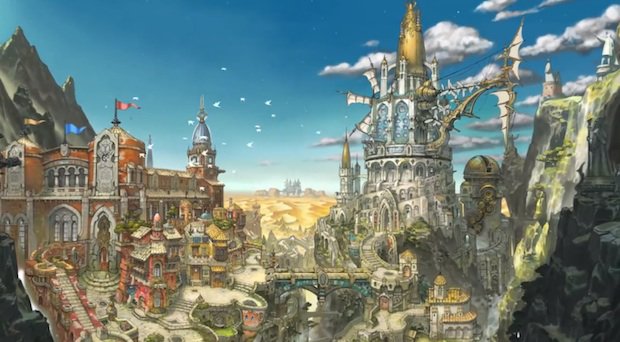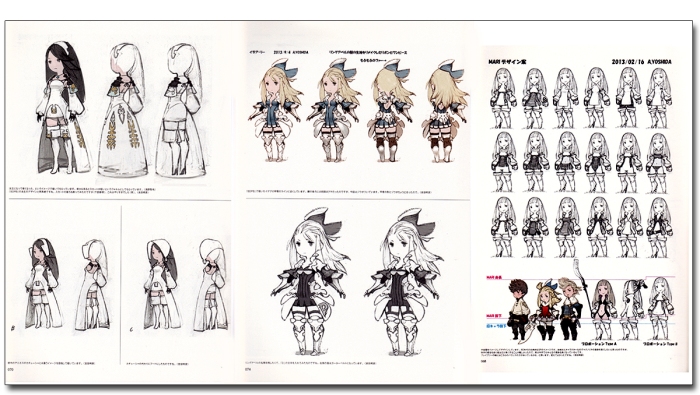20 Years Strong
It goes without saying that one of the biggest video game franchises ever is Pokémon, currently celebrating its 20th anniversary. It’s captured the hearts and minds of so many gamers, both young and old, including myself from a young age. Pokémon has an incredibly special place in my heart, and it makes me so happy to know it’s as big and as better as it’s ever been. Pokémon Sun and Moon aren’t just brand new entries into the series, they’re a celebration of the past 20 years of Pokémon, with new changes causing much-needed evolution, but still nodding back to the games that came before them. Pokémon Sun and Moon are just as good as they were hyped up to be, and you have no idea how happy it makes me to say that.
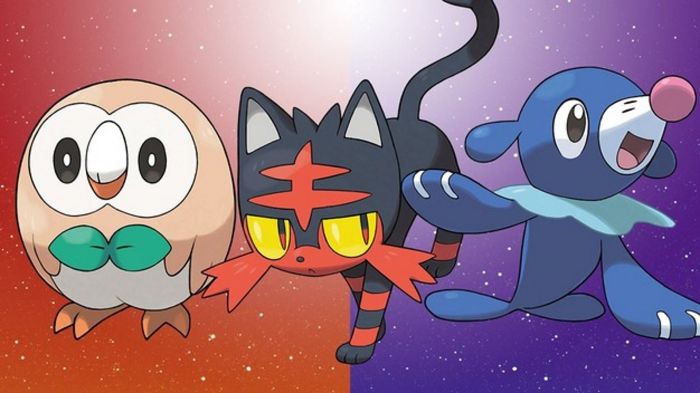
The Alola Region
Sun and Moon’s story is a fairly run of the mill Pokémon story line, but it is unique in terms of its characters and themes. Once again, you play as a trainer who’s recently moved to the Alola Region, a set of 4 islands surrounded by ocean. The Hawaiian theme Alola is based on is refreshing, new, and an exciting change in terms of environment for Pokémon, but more on that later. The story is fairly one-note, following your Trainer on their journey to complete the Island Challenge, which is Alola’s version of collecting Gym Badges. Without spoiling too much, you get involved with a number of characters, the Aether Foundation and Team Skull. There are some legitimately dark ideas in Sun and Moon’s plot, and I found it refreshing even though it’s all simply implied rather than directly told. Sun and Moon heavily revolves around family and community, and does an excellent job of displaying so. There’s something very unified about Alola and its people, everyone knows about the Island Challenges, and each and every trainer feels like they’re really part of the world. Sun and Moon also has some of the best characters the series has seen in my opinion. There are a few that are incredibly interesting such as Lillie, Gladion, and Lusamine, and they’re definitely characters that I always enjoyed seeing throughout my 20 hour journey. Sun and Moon doesn’t reach the heights that Black and White 2 did, but that doesn’t mean it’s bad. It’s a fun, likeable, simple storyline that has some implications that hopefully provoke further discussion within the Pokémon community. Sun and Moon feel truly unique from a narrative perspective (among many others) and Gamefreak should be commended for that.
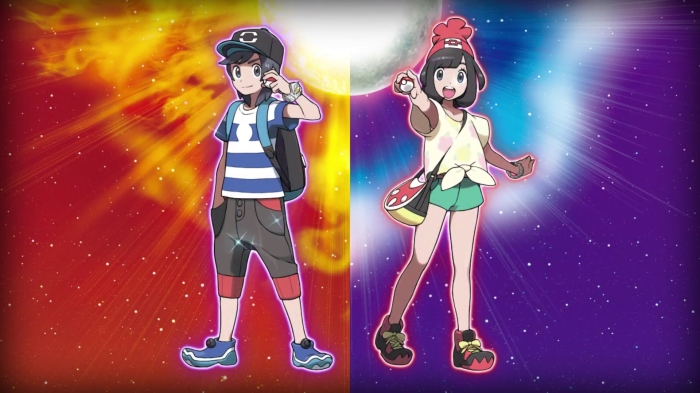
The Island Challenge
Sun and Moon don’t differentiate much from other games in the series in terms of gameplay, but the overall structure of the game has been fundamentally changed. Gyms are now a thing of the past, and in their place are Island Trials. Each Island has a number of trials for trainers to attempt, and what they consist of varies from taking photos of Pokémon, to more traditionally finding and taking down Pokémon in the area. It’s very different from the established formula, but all the trials are unique and entertaining, making for a very welcome change. the turn-based battle system is still much the same as previous games, with a few minor tweaks and additions that make it easier to use and keep track of. Status buffs can now be viewed from the bottom screen, and if a Pokémon is registered in your Pokédex, you can how moves effect that particular Pokémon. Speaking of which, the new Rotomdex (yes a Rotom inside of your Pokédex) has seen some new additions making it easier to navigate and use. You can now see which island and route specific Pokémon can be found in, it also just generally looks better, and there’s a genuine satisfaction to have a page filled out in the Dex. And trust me when I say this, there are plenty of Pokémon to find and catch in Sun and Moon. Whether it be the Alolan forms of first generation Pokémon, or brand new ones, there’s plenty here to catch and find and it goes without saying that most of the designs for the new Pokémon are pretty well done albeit the odd Drampa. HMs have thankfully been done away with, and have now been replaced by the Pokémon Ride Pager, allowing trainers to instantaneously access a Charizard to fly on, or a Lapras to surf on, it’s a simple change, but a much-needed one. Alola as a region is always interesting to explore, and 30 hours in I’m still finding items and hidden areas throughout. Sun and Moon’s difficulty is nothing compared to the older games, but it’s certainly not as easy as X and Y, which was a nice change, with some of the late game battles taking some genuine thought and preparation in order to succeed. Legendaries and the brand new Ultra-Beasts can be found throughout Alola, making for some great post-game content, with more awaiting the player past the credits. I thoroughly enjoyed playing Sun and Moon, it’s the same battle system we know and love, in the most polished state it’s ever been, and the changes to structure are both new and refreshing.
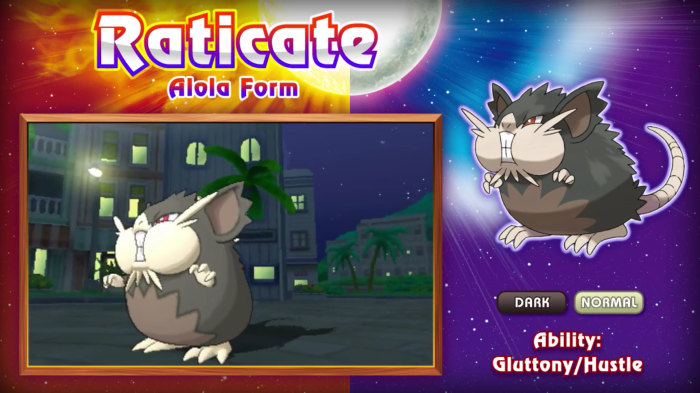
Smooth Seas
Pokémon Sun and Moon, from my experience at least, excel technically albeit one or two minor hiccups. First off, the game looks incredible, one of the best on the 3DS. I played on a New 3DS XL and I was genuinely impressed by how good the game looks. Character models are detailed, environments are open and incredible to look at, and this is all while the game runs at 60 FPS all the time, except for one occasion. I experienced heavy frame drops when taking photos in-game with the Rotomdex. It didn’t hinder my experience terribly, but it is definitely worth noting. It is also worth noting that the standard 3DS has frame drops during double battles, but that won’t affect my opinion on the game, due to my experience being on the New 3DS, where this problem is non-existent.
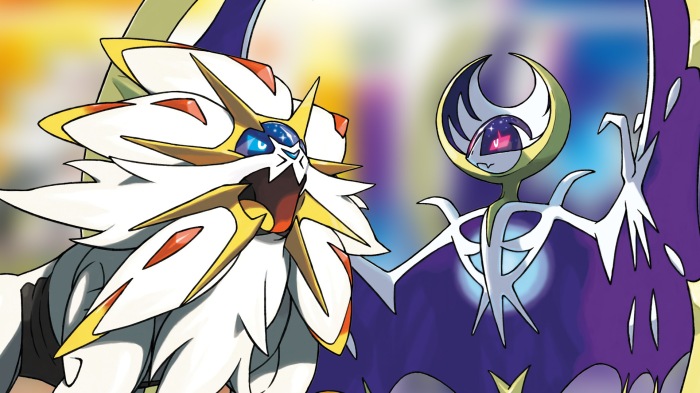
Verdict: 9.5/10
Pokémon Sun and Moon is worthy as both a celebration of 20 years of Pokémon, and simply as a mainline entry in general. It’s a love letter to fans of the series, while welcoming new ones, with a simple yet enjoyable story, the most polished battle system yet, a brand new structure, and strong technical production values. Sun and Moon is an excellent entry into the franchise, easily one of the best, and I cannot recommend enough to anyone who owns a Nintendo 3DS. Pokémon is back, and it’s bigger and better than ever.
Positives
-Simple, yet enjoyable story with some interesting implications
-Likeable characters
-The best battle system yet
-Small but effective changes, making the formula that much better
-New and inventive structure, making for a fresh experience
-Looks beautiful for 3DS standards, and runs smoothly most of the time
Negatives
-Rare frame drops
Thanks for reading guys, up next is Final Fantasy XV! I’m super happy with Sun and Moon, I’m definitely glad it lived up to the hype, or at least my hype. Thanks again, Harry.
